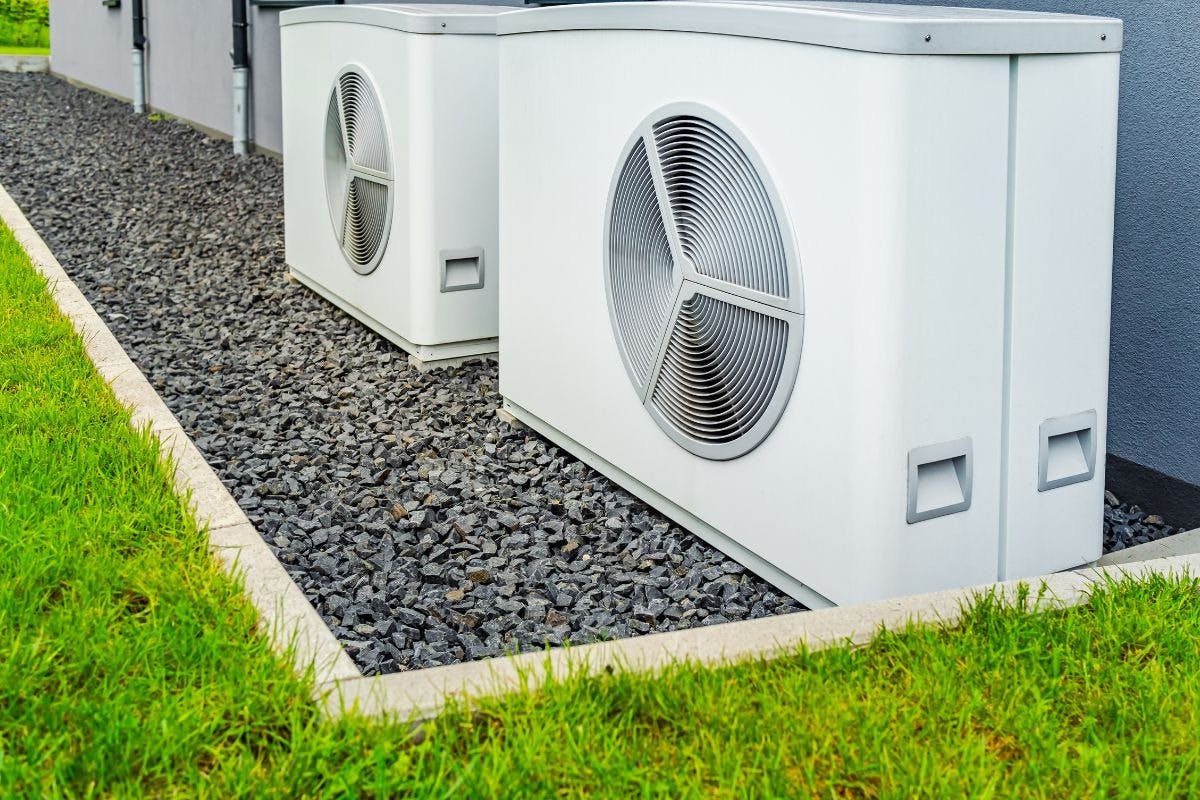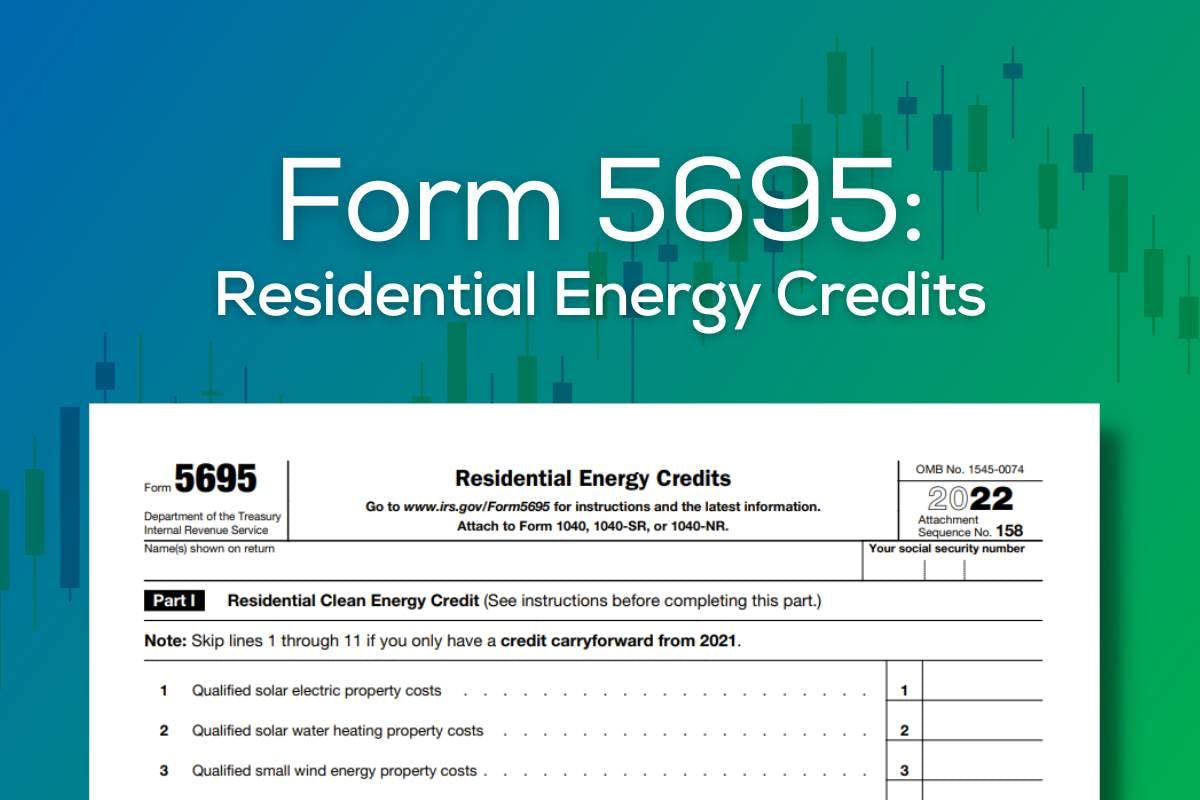Energy-Efficiency Tax Credits: What Qualifies and When Do They Expire
Last edited

Author
Andrew Blok
Electrification and Solar Writer and Editor

Editor
Andrew Giermak
Solar and Electrification Writer and Editor

Since 2023, Americans have been able to claim tax credits for home improvements and appliances that increase the energy efficiency of their homes. Many of those credits expire at the end of 2025, but there is still time to claim them.
See how certain heat pump water heaters, electric vehicle chargers, heat pumps, energy audits, and improved insulation could earn you an energy-efficiency federal tax credit. Remember to always consult a tax professional about whether you qualify.
See how much you can save with home energy changes
What Is the Energy Efficient Home Improvement Tax Credit?
As part of the Inflation Reduction Act of 2022, Congress extended the Residential Clean Energy Credit for solar panels and batteries and created a new set of tax credits to speed the adoption of home electrification and energy efficiency called the Energy Efficient Home Improvement Credit. It lets you claim a tax credit worth 30% of the cost of qualified improvements up to $3,200 each year split across two buckets.
One bucket lets you claim up to $2,000 annually for newly installed heat pumps, heat pump water heaters, boilers, or biomass stoves. The other lets you claim up to $1,200 each year for building envelope improvements, energy audits, insulation, and more.
The legislation also set aside money for states to offer rebates for energy-efficient appliances, up to $8,000 per home, though the actual amount may depend on your state’s program and your income.
What Appliances Are Eligible for Tax Credits and Rebates?
The Energy Efficient Home Improvement Credit lets you claim up to $3,200 annually for energy-efficient improvements. Here’s what qualifies, with a focus on electric appliances.
Heat pumps for heating and cooling
Heat pumps and heat pump water heaters qualify for a 30% tax credit up to $2,000 per year. To qualify, the heat pump or water heater must meet the Consortium for Energy Efficiency’s (CEE) highest tier (excluding advanced tiers) in place at the start of the year it’s being installed.
To check if your preferred heat pump qualifies, check Energy Star’s database of heat pumps that qualify for the tax credit or the CEE’s list.
Certain natural gas heat pumps and water heaters in the highest CEE tier and biomass boilers and stoves with a thermal efficiency rating of at least 75% also qualify for the credit.
Building envelope
Your building’s envelope — what separates you from the outdoor air — is a key factor in your home’s energy efficiency, especially when it comes to climate control. A drafty envelope means more energy to keep your home cool in the summer and warm in the winter.
The Energy Efficiency Tax Credit’s other bucket ($1,200 annually) goes mostly to building envelope improvements. Of the $1,200, you can claim $250 for a new door (up to $500), $600 for windows and skylights, up to $1,200 for insulation improvements, and $150 for an energy audit.
Exterior doors must meet Energy Star requirements and windows and skylights must meet Energy Star’s Most Efficient standard. Insulation must meet the International Energy Conservation Code standards from two years before the insulation is installed. (Insulation improved in 2025 must meet 2023’s standards.) An energy audit needs to be conducted, written up, and signed by an auditor certified by one of the Department of Energy’s approved programs.
See how much you can save with home energy changes
EV charger tax credit
Separate from the Energy Efficient Home Improvement Tax Credit, there are tax credits available for home EV chargers. Eligible people can claim a tax credit of 30% the cost of purchasing and installing a home EV charger, up to $1,000.
Home Efficiency Rebates
Home efficiency rebates provide up to $8,000 in rebates for a project that reduces your home’s energy consumption by 20%. It’s subject to some income requirements.
The Home Efficiency Rebates, like the Home Electrification and Appliance Rebates, will be administered by individual states after the federal government approves their programs. Nearly all states — which will get to design their programs and eligibility requirements as they see fit — are participating.
Check with your state to see if its program is up and running yet.
Home Electrification and Appliance Rebates
There are also rebates for individual appliances and energy efficiency improvements. These rebates will also be administered by states, which get to design their own programs. Approved programs could offer up to $14,000 in rebates subject to some income limits.
Heat pumps: Up to $8,000
New electric panel: Up to $4,000
Electrical wiring: Up to $2,500
Heat pump water heater: $1,750
Insulation, air sealing, and ventilation: $1,600
Heat pump clothes dryer: $840
Electric or induction stove: $840
Check your state’s program before moving ahead.
What Is a Tax Credit vs. a Rebate or Cash Back?
As you’re planning your tax credit- or rebate-eligible home improvements, keep in mind the difference between the two incentives.
A tax credit typically reduces the taxes you owe or increases your refund of taxes you’ve already paid. Either way, you need to have a tax liability to claim the credits discussed above. If you have a tax liability smaller than the amount of your allowable credit, you won’t be able to claim the difference. Unlike the federal solar tax credit, you can’t apply excess credit to future years.
Rebates, on the other hand, aren’t tied to your tax liability and can be claimed whether or not you pay taxes as long as you meet the program’s other requirements.
How to Claim the Energy Efficient Home Improvement Tax Credit
First and foremost, you should always confirm your eligibility with a tax professional.
Once you’re sure you and your energy-efficient improvements qualify, claiming the credit is fairly straightforward: You’ll complete IRS Form 5695 Part II and file it with your tax return. Beginning in 2025, you’ll have to include a PIN for most items to prove it came from a qualified manufacturer.
Why an Energy-Efficient Home Is a Good Idea
There are plenty of good reasons to make your home energy efficient.
Savings: Using less energy means buying less from utility companies. The less you buy, the more you can save.
Comfort: Switching to a new HVAC system might mean more even heating and cooling for your home and fewer swings in temperature. Renewing insulation or installing it for the first time can block uncomfortable drafts.
Experience: Whether it’s cooking with a speedy and powerful induction stove or having a more comfortable room from an always-on heat pump, an efficient house can provide a better living experience.
Climate: Buildings, including homes, accounted for 13% of total US greenhouse gas emissions in 2022, according to the US EPA. Eliminating those emissions will be a necessary step to addressing climate change. Electrifying your home and powering it with solar can go a long way to reducing your home’s carbon footprint.
You Can Do Even More to Be Energy Efficient
Besides taking advantage of the tax credits and rebates by adding energy-efficient appliances, there are plenty of other things you can do to be more energy efficient at home.
Turn devices off: Devices that sit in standby mode when they’re not in use use vampire energy that can run up your energy bill. Turning them off manually or putting them on a schedule with a smart plug can cut down your energy use.
Heat and cool smartly: Installing a smart thermostat, which allows you to automate your heating and cooling schedule, can help you avoid wasting energy by conditioning your home when it’s not in use. Using fans or warm clothing to help you adjust your thermostat setting by a few degrees can save a few kilowatt-hours, too.
Home energy monitoring: A home energy monitor can help you identify energy hogs and areas of waste in your home.
Solar panels: Generating your own energy at home can help you avoid buying some energy from your utility. Solar panels can go on an inefficient home, but home solar paired with efficient, electric appliances has the potential to deliver the greatest reduction in energy bills and carbon footprint at home.
If you’re interested in what solar and home energy upgrades can do for you, contact Palmetto or start by estimating what solar can save at your home.
See what home electrification can do for you:
Frequently Asked Questions
When do I claim the Energy Efficient Home Improvement Tax Credit?
You can claim the Energy Efficient Home Improvement Tax Credit when you file your taxes each year.
What happens if my tax liability for a year is too small to get the credit?
The Energy Efficient Home Improvement Tax Credit is nonrefundable, which means it can only be applied to your tax liability. Unlike the Residential Clean Energy Credit, it can’t be applied to your tax liability in future years.
How can I check if there are state or local tax credits or incentives?
The Database for State Incentives for Renewables and Efficiency is one place to start. Your utility may also provide information. Your utility or a reputable contractor may have information on other incentives available to you.
Disclaimer: This content is for educational purposes only. Palmetto does not provide tax, legal, or accounting advice. Please consult your own tax, legal, and accounting advisors.



